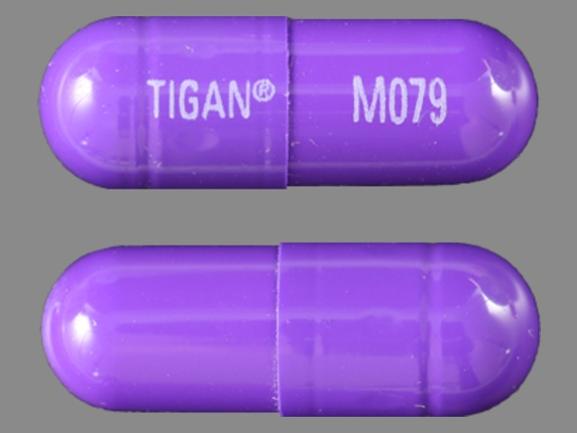Tigan Disease Interactions
There are 3 disease interactions with Tigan (trimethobenzamide).
Trimethobenzamide (applies to Tigan) Reye's syndrome
Major Potential Hazard, High plausibility.
The use of trimethobenzamide should be avoided in children and adolescents whose signs and symptoms suggest Reye's syndrome. The extrapyramidal symptoms which can occur secondary to trimethobenzamide use may confound the diagnosis of Reye's syndrome. In addition, drugs with hepatotoxic potential such as trimethobenzamide may adversely affect the course of Reye's syndrome.
References
- Holmes C, Flaherty RJ (1976) "Trimethobenzamide HCL (Tigan)-induced extrapyramidal dysfunction in a neonate." J Pediatr, 89, p. 669-70
- (2001) "Product Information. Tigan (trimethobenzamide)." Monarch Pharmaceuticals Inc
Trimethobenzamide (applies to Tigan) parkinsonism
Moderate Potential Hazard, High plausibility.
The use of trimethobenzamide has been associated with pseudo- parkinsonian reactions including mask- like faces, drooling, cogwheel rigidity, and shuffling gait. Therapy with trimethobenzamide should be administered cautiously in patients with parkinsonism.
References
- (2001) "Product Information. Tigan (trimethobenzamide)." Monarch Pharmaceuticals Inc
Trimethobenzamide (applies to Tigan) renal impairment
Moderate Potential Hazard, Moderate plausibility. Applicable conditions: Renal Dysfunction
Trimethobenzamide is mostly eliminated by the kidneys and a dosage adjustment should be considered in patients with reduced renal function (creatinine clearance <= 70 mL/min), including some elderly patients.
References
- (2001) "Product Information. Tigan (trimethobenzamide)." Monarch Pharmaceuticals Inc
Tigan drug interactions
There are 238 drug interactions with Tigan (trimethobenzamide).
Tigan alcohol/food interactions
There is 1 alcohol/food interaction with Tigan (trimethobenzamide).
More about Tigan (trimethobenzamide)
- Tigan consumer information
- Check interactions
- Compare alternatives
- Pricing & coupons
- Reviews (10)
- Drug images
- Side effects
- Dosage information
- During pregnancy
- Drug class: anticholinergic antiemetics
- Breastfeeding
- En español
Related treatment guides
Drug Interaction Classification
| Highly clinically significant. Avoid combinations; the risk of the interaction outweighs the benefit. | |
| Moderately clinically significant. Usually avoid combinations; use it only under special circumstances. | |
| Minimally clinically significant. Minimize risk; assess risk and consider an alternative drug, take steps to circumvent the interaction risk and/or institute a monitoring plan. | |
| No interaction information available. |
Further information
Always consult your healthcare provider to ensure the information displayed on this page applies to your personal circumstances.


